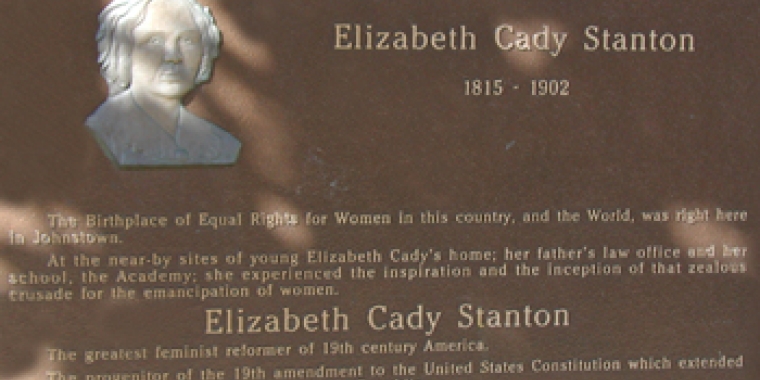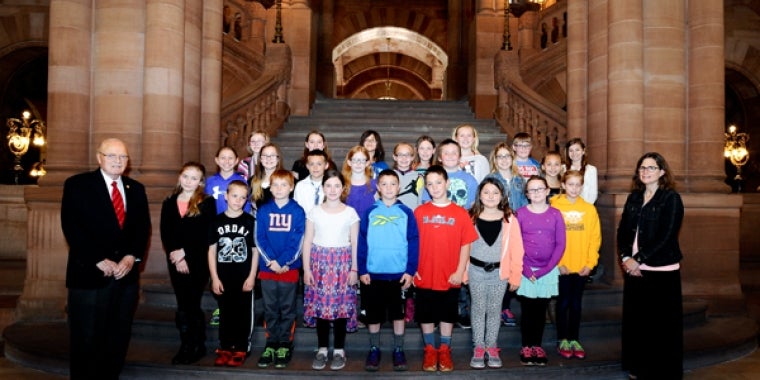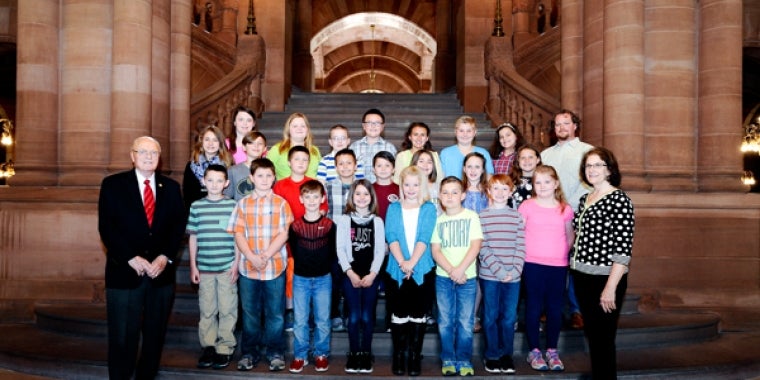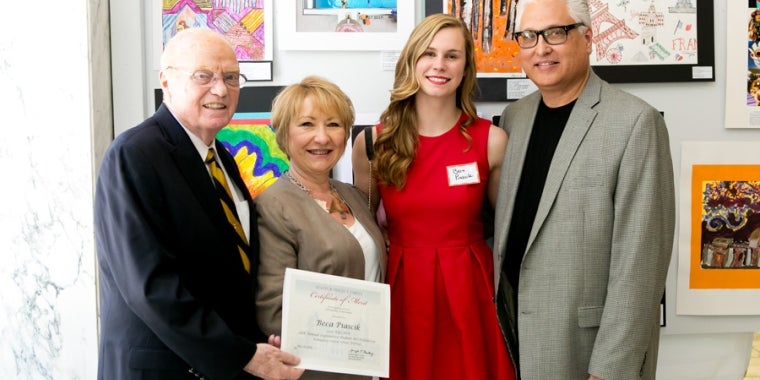
Senator Farley Notes March Is Women's History Month

March Is Women's History Month and a time to remember and focus on the crucial role that women have played in New York State's political, social and economic development. Several of these women came from, or worked in, this area.
Susan B. Anthony (1820-1906) was a zealous and tireless advocate for the rights of women and blacks. From the age of 17, when she was a teacher in rural New York State (including working in Canajoharie, Montgomery County, for a couple of years), she lobbied for equal pay for women teachers, for coeducation, and for college training for girls.
When the Sons of Temperance refused to admit women into their movement, she organized the first women's temperance association, the Daughters of Temperance. Anthony lectured on women's rights and abolition, along with Elizabeth Cady Stanton (who was a native of Johnstown, Fulton County). They secured the first laws in the State Legislature guaranteeing women rights over their children and control of property and wages. Early in the Civil War, Anthony worked with abolitionists and organized the Women's Loyal National League, which argued for emancipation.
In 1869, Ms. Anthony and Ms. Stanton formed one of the several women's suffrage organizations. In 1890, the groups merged to form the National American Woman Suffrage Association, of which Anthony was president from 1892 to 1900. In 1872, Susan led a group of women to the polls in Rochester to test their right to the franchise under the 14th Amendment. She was arrested and fined, but she refused to pay. An early target of abuse and scorn, she eventually became a national heroine. With the issuance of a dollar coin in 1979, she became the first woman to be depicted on U.S. currency. She spent most of her life in the Rochester area and died there in 1906.
Ms. Stanton (1815-1902) was educated at the Johnstown Academy and at Emma Willard's Troy Female Seminary. She became interested in the abolitionist cause, and spoke frequently on the subject of women's rights. In 1848, she circulated petitions that convinced the State Legislature to pass a bill granting property rights to married women.
In 1848, she and Lucretia Mott convened a women's rights convention in Seneca Falls and drafted the "Declaration of Sentiments," which called for equal rights for women. An effective writer and orator, she campaigned across the country for women's suffrage. In 1854, Ms. Stanton received an unprecedented invitation to address the State Legislature, and her speech resulted in new legislation that granted women the rights to their wages and to equal guardianship of their children. She helped organize the National Woman Suffrage Association in 1869, and in 1878 she drafted a federal suffrage amendment that was introduced repeatedly in Congress. The amendment, in substantially the same language, was finally adopted in 1919.
Katharine Burr Blodgett (1898-1979) was the first female research scientist at General Electric Company, in Schenectady. A native of Schenectady, Dr. Blodgett spent nearly all of her adult life in that city, where she helped pave the way for women physicists and scientists around the world. She made significant contributions to the field of industrial chemistry, including six U.S. patents. After graduating from high school in 1913 at the age of 15, she won a scholarship to Bryn Mawr College. The knowledge she obtained while a graduate student at the University of Chicago helped her invent gas masks that saved countless lives during wartime. Dr. Blodgett's experiments during World War II led to breakthroughs in the design of the airplane wing, and she designed a smoke screen that also saved lives during military campaigns.
Native American Kateri Tekakwitha (1656-1680) was born near Auriesville, Montgomery County. As a teenager she converted to Catholicism and was baptized at age 20, incurring wrath and hostility from others in her tribe. Kateri was known for her ministrations on behalf of her people and for her physical sacrifice, a practice credited with bringing her in perfect union with God in prayer. She taught others the lesson of the cross and had an innate kindliness that made her a memorable presence. Upon her death on April 7, 1680, at the young age of 24, the pockmarks from childhood miraculously disappeared. She was declared venerable and beatified by the Catholic Church, and an effort is underway to have her canonized.To celebrate Women’s History Month, an exhibit honoring historic New York women whose achievements in arts, science, government, labor, education and social reform has earned them recognition as "Women of Distinction" is posted on my website, www.senatorfarley.com, for the month of March. The exhibit features over 40 historic New York women, including Anthony, Blodgett, Stanton and Tekakwitha.



